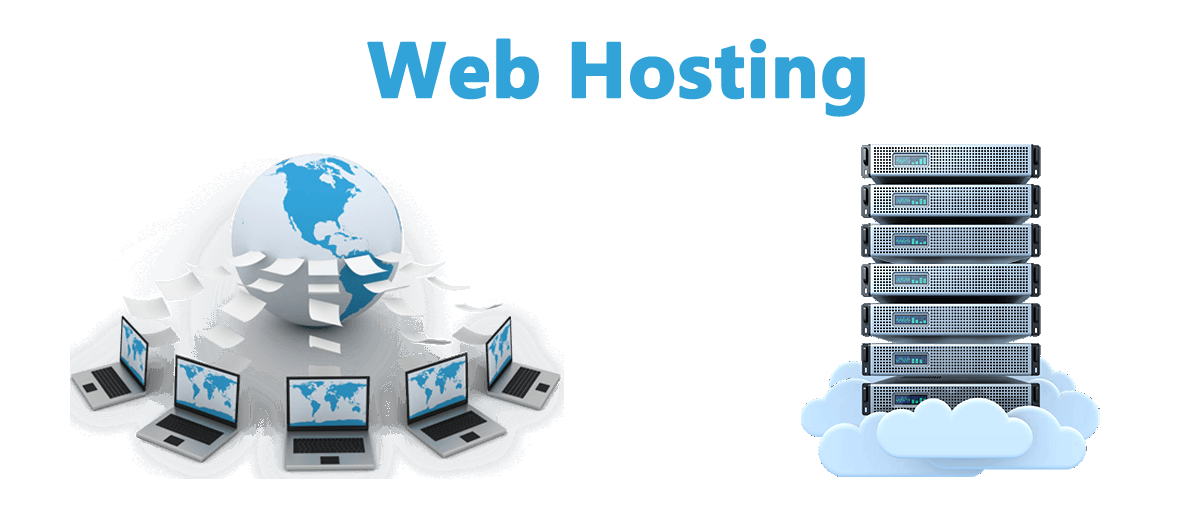In today’s digital world, almost everything we do—sending a message, watching a movie online, ordering food from an app—depends on something working silently in the background: servers. They are the backbone of modern technology, yet most people never see them or fully understand their role. This guide breaks down what a server is, how it works, and why it’s so essential to the functioning of the internet and the connected world around us.
What Exactly Is a Server?
A server is a specialized computer or software system designed to provide data, services, or resources to other computers, known as clients. While regular computers are built for personal use, servers are designed to handle multiple tasks at scale, support many users at once, and operate continuously without interruption.
A common misconception is that a server must be a massive machine stored in a data center. While many servers are indeed powerful hardware devices, a “server” can also be a software application running on any capable machine. In simple terms: a server serves, meaning it responds to requests from clients across a network.
How a Server Works: The Client–Server Model
To understand the role of a server, imagine visiting a restaurant. You (the client) request a meal, and the kitchen (the server) prepares and delivers it. The same model applies on the internet. When you click a link on a website, your device sends a request to a server. The server processes the request, retrieves the necessary data, and sends it back to your device.
This system is called the client–server model, and it is the structure that makes the modern web possible. According to industry reports, more than 90% of all internet traffic relies on some form of client-server interaction, underscoring how deeply servers are woven into global communication.
Types of Servers and What They Do
Servers come in many varieties, each designed for specific purposes. Here are the most common types you are likely to encounter:
1. Web Servers
A web server stores and delivers website content. When you load a webpage, the text, images, videos, and scripts are fetched from a web server and displayed on your browser. Popular web servers include Apache, Nginx, and Microsoft IIS.
2. Database Servers
These servers store, manage, and provide access to structured data. Whenever you log into an app, search for a product, or check your bank balance, a database server is involved in retrieving the information.
3. File Servers
File servers allow users on a network to store, access, and share files in a centralized location. Businesses often use file servers to manage internal documents and ensure secure sharing.
4. Mail Servers
Every email you send or receive passes through a mail server. These servers handle messaging protocols such as SMTP (sending) and IMAP or POP3 (receiving).
5. Application Servers
An application server hosts and runs software applications. Instead of installing an app directly on your device, you interact with it through the server—this is common in business software, cloud tools, and large platforms.
6. Game Servers
Online multiplayer games rely on dedicated game servers that manage player interactions, game state, scoring, and real-time communication.
Each type of server plays a crucial role in a specific digital function, and together they form the ecosystem that powers nearly every online experience.
What Makes a Server Different from a Regular Computer?
Servers may run the same basic components as consumer computers—processors, memory, and storage—but they are optimized for performance, reliability, and uptime.
Key Differences:
- Hardware strength: Servers often have multi-core processors, large amounts of RAM, and high-speed SSD storage to handle heavy workloads.
- Redundancy: They include backup power supplies, error-correcting memory, and failover systems to prevent downtime.
- Cooling systems: Servers generate significant heat, so they require advanced cooling solutions.
- Operating systems: Server-grade operating systems (like Linux Server, Windows Server) support multiple users and resource-intensive applications.
The goal is simple: keep the server running efficiently 24/7, often for years without shutting down.
Where Are Servers Located?
Servers can be placed almost anywhere, depending on their purpose and scale:
1. At Home
Tech enthusiasts or small businesses may use local servers for storage, backups, or hosting small websites.
2. At Work
Organizations use servers for email, file management, software hosting, and internal systems.
3. In Data Centers
Most large-scale servers live in massive facilities called data centers. These specialized buildings provide:
- Reliable power sources
- Climate control
- Network connectivity
- Fire suppression systems
- Physical security
Modern data centers are enormous—some spanning millions of square feet—and support cloud platforms like Amazon Web Services (AWS), Microsoft Azure, and Google Cloud.
Physical vs. Virtual Servers
Thanks to advances in technology, servers no longer need to be limited to physical machines.
Physical Servers
These are actual hardware devices dedicated to running server tasks. They offer high performance and are usually used by large enterprises or for tasks that require maximum control.
Virtual Servers
A virtual server is a software-based server created within a physical machine using virtualization technology. It operates like a real server but shares hardware resources with other virtual servers.
Virtualization increases efficiency, reduces cost, and makes scaling simple. Cloud companies heavily rely on this technology, allowing millions of virtual servers to exist across the world.
Cloud Servers: The Modern Standard
Cloud servers are virtual servers hosted in remote data centers and accessed over the internet. This approach has become the modern standard because it offers:
- Scalability: Add or remove resources instantly
- Global accessibility: Access from anywhere
- Cost-effectiveness: Pay only for what you use
- High reliability: Backed by distributed infrastructure
Cloud technology is growing rapidly—recent studies show that over 60% of global corporate data now resides in cloud servers, proving how essential cloud computing has become in business and daily life
Security and Servers: Why It Matters
Because servers store sensitive data and run essential services, they are prime targets for cyberattacks. Effective server security involves:
- Firewalls and intrusion detection
- Encryption
- Multi-factor authentication
- Regular software updates
- Access control and monitoring
A single server breach can affect thousands or even millions of users, making security a top priority for organizations worldwide.
Why Servers Matter More Than Ever
Servers are not just technical concepts—they are the foundation of everything digital. From streaming media to business operations, from cloud storage to online gaming, servers make it all possible. As our world becomes more interconnected, the demand for fast, secure, and reliable servers continues to rise.
We rely on servers every day, often without realizing it. Understanding how they work gives us insight into the invisible technology that powers our digital lives.



